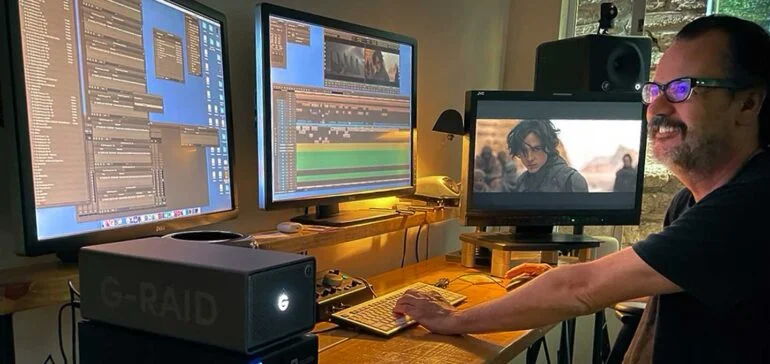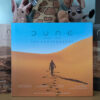If you’re like me, you may have gotten your first taste of editing a film using free, easy to use software—in my case, and I kid you not, the Rockstar editor from Grand Theft Auto V. If you’ve had any experience with the challenges of video editing, you’ll know that (regardless of software used) it is a complex process, not to mention very time consuming…. At the same time though, it’s extremely engaging and rewarding when you create a well edited final product.
So how about some intuition from a professional editor, regarding the project that we here at Dune News Net are so passionate about? Joe Walker, editor of Denis Villeneuve’s Dune movie, in an interview with Stephen Hullfish for Frame.io Insider’s Art of The Cut, shared a series of fascinating insights from his editing work on the film.
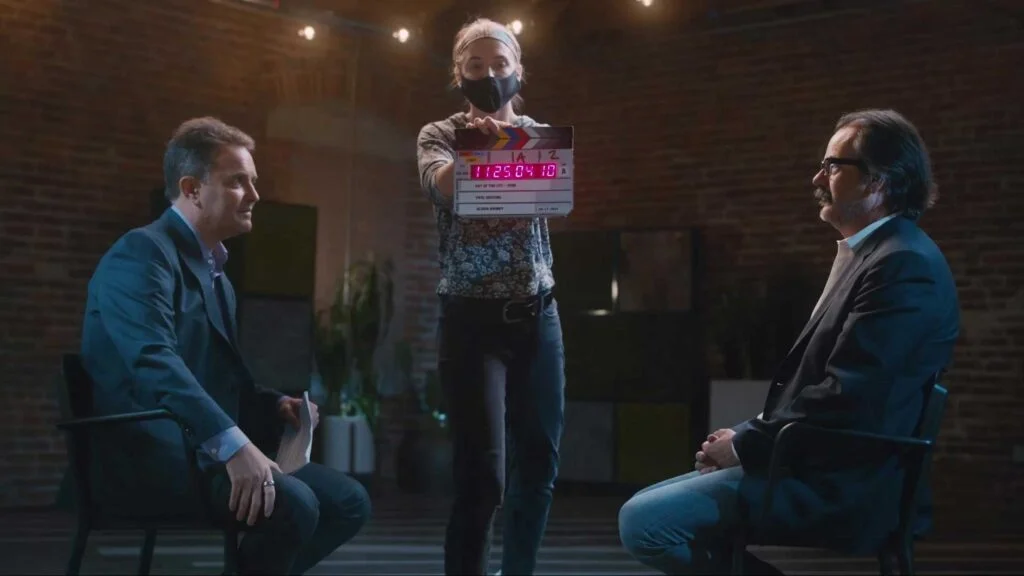
Since 1985 Joe Walker has been editing movies and music. In more recent years, he has been the trusted editor for Denis Villeneuve—the director even saying (according to the interviewer), that he “cannot edit without Joe”. His work on the director’s latest release, the science fiction epic known as Dune, was divulged in the interview.
Like myself, Joe Walker was not someone who read Dune when he was younger. According to him, when Blade Runner 2049 was being made, Villeneuve—with the upcoming project hot on his mind—asked the editor to read the novel, which he did.
“[Denis had] bitten off a lot,” Walker remarked after reading the book, and subsequently reading the script for part one. But, the editor also mentioned that, “it is a magical book, and I think its very timely… And I can see why it captivated Denis.” Further, he would go on to say that the book was “the main source for us [creative team], and only the book.”
Joe Walker also discussed the process of world building from book to film. He says, “as an editor, you could easily find low-hanging fruit to cut if you wanted to shorten the film, but you would have lost a lot.” Elaborating further, Walker talked about the scene with palm trees on Arrakis and the sacrifice it takes to keep them alive. Noting, “you could cut that out, but you’d lose the depth, the storytelling, and the world-building. I don’t think I’ve seen any other film that has got this level of world-building. As an editor, it would just be foolish to disregard that.”
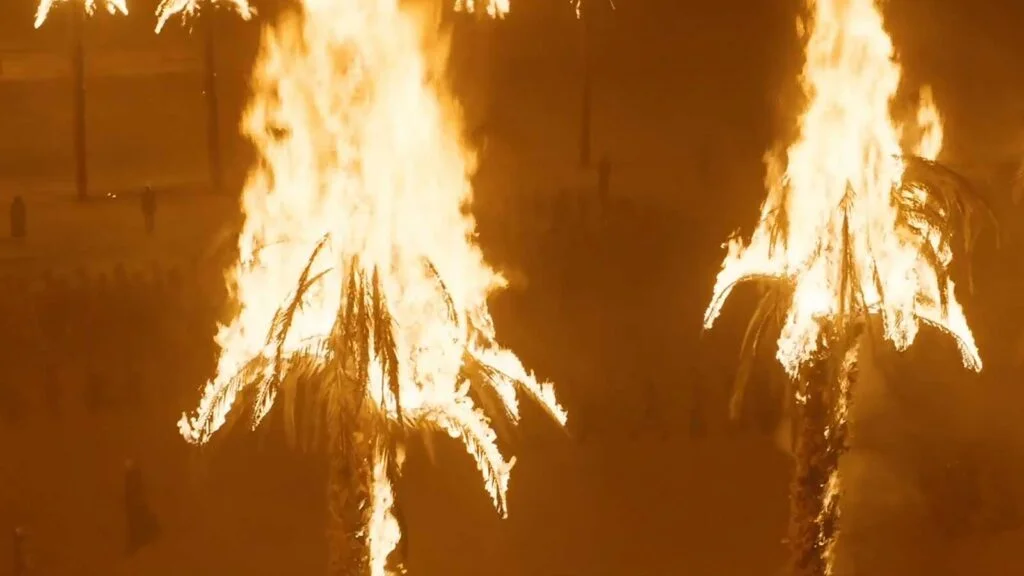
Interestingly, Walker related his experience with music—working in classical music at university—to editing on Dune. He likened the film, and perhaps editing in general to rhythm.
That rhythm could be the sound of a thumper, or it could be the raising of an eyebrow by Stephen McKinley Henderson, the rhythm of the cut itself, or the kind of global tectonic plates moving underneath the story. This film has an interesting rhythm because it starts quite gently actually and builds up your interest in the characters. Then, I think it’s accelerative and becomes very dynamic.
Those last two statements are actually quite similar to how the book hooks readers in, echoing the fact that Frank Herbert’s original novel was the source for the movie.
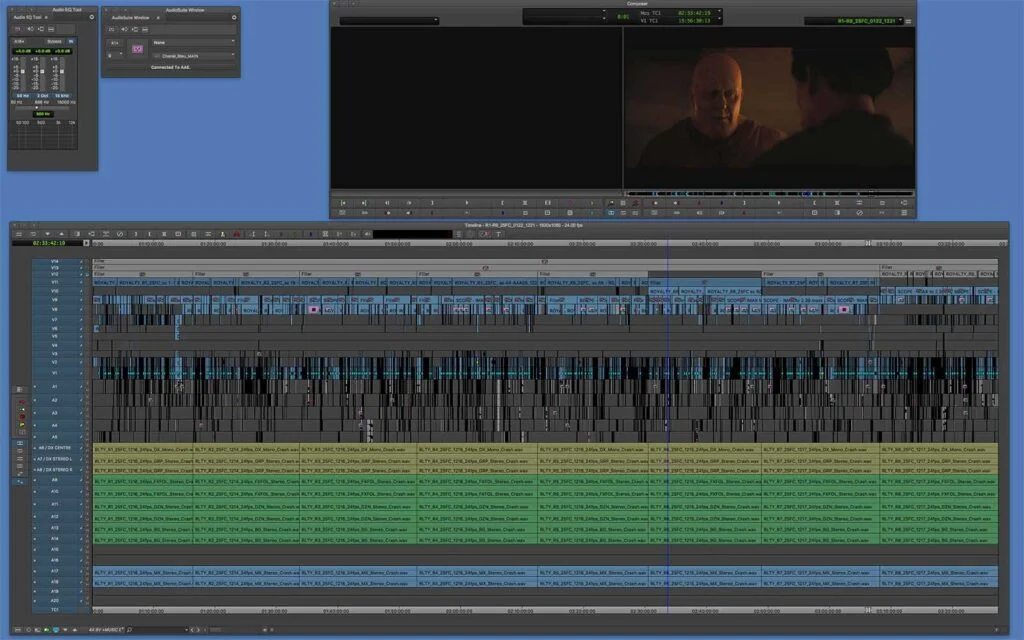
When asked about the tectonic plates as Joe Walker describes above, the longtime editor provided an editing technique that was utilized, and in fact, evolved in the making of this movie. First, he states, “Arrival, Blade Runner [2049], and Dune all use a simple trick, which is cutting from somebody looking very intently and cut to something else, then it looks like they’re thinking about it. So, with that simple trick, I’ve carved out a little niche in Hollywood.” Then he went on to explain further:
In the case of Dune, we wanted those innovations to be awoken really early in the film and then carry through right to the end so that they’re more than just cutting away to something but they’re evolving and they’re part of a narrative. They’re essential as an understanding of what he’s seeing and how he’s grasping events that will take place. So, feathering in the idea of a knife, feathering in the idea of the character of Jamis, and feathering in the visions of Zendaya’s character, Chani, were all important things that took shape in the edit.
This editing technique is what brought those inner thoughts, that we read in the book, to the silver-screen adaptation.
Throughout the interview, Joe Walker offers engrossing behind-the-scenes observations about all that went into editing Dune, and what his general editing process is like. The full video (43 minutes) is posted below, have a look at it, with particular emphasis on the 27-minute mark where the editor offers his commentary about specific scenes from the movie.
You can also read the transcript of the interview on Frame.io Insider blog.
SOURCE: Frame.io Insider‘s Art of the Cut via Steve Hullfish (October 27, 2021)


